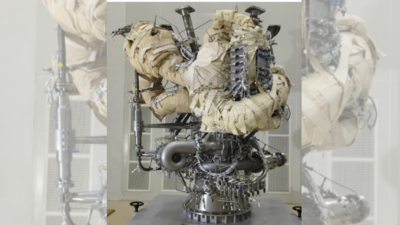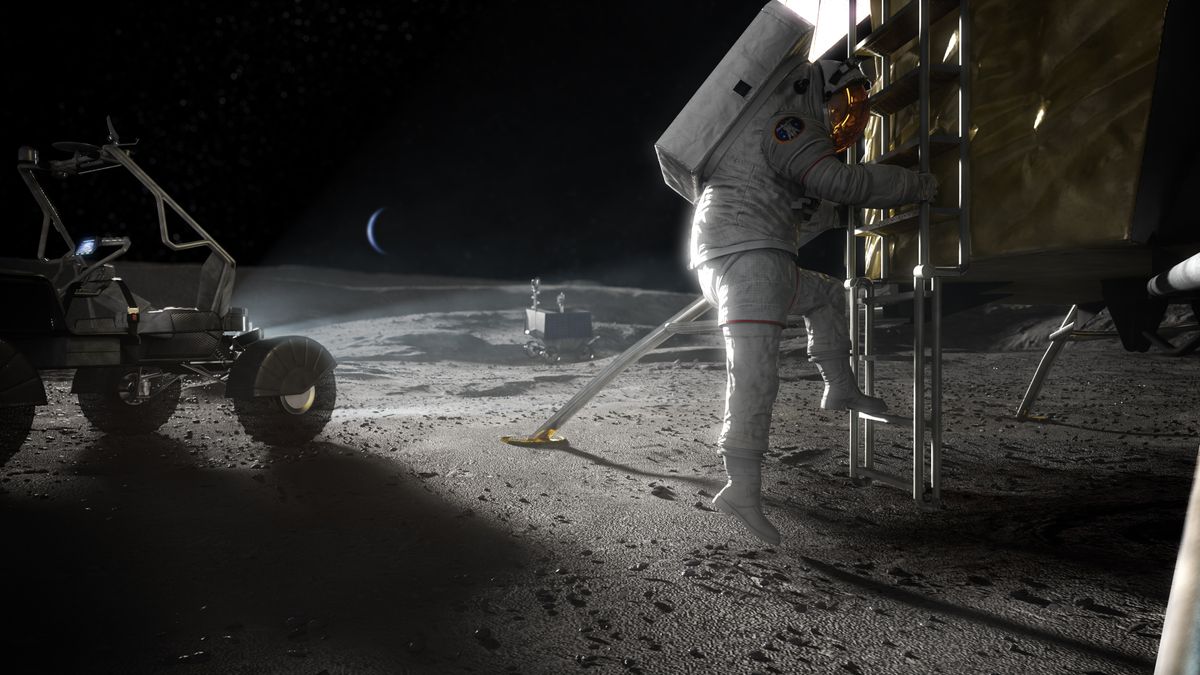
BENGALURU: ISRO announced on Saturday that it made progress in the design and development of a semi-cryogenic engine, or Liquid Oxygen/Kerosene engine, with a high thrust of 2,000 kN. This engine will power the semi-cryogenic booster stage of the LVM-3 launch vehicle.
"The first major breakthrough in the semi-cryogenic engine development programme was achieved on March 28 (Friday) when the first successful hot test of the Engine Power Head Test Article (
PHTA
) was carried out at the ISRO Propulsion Complex,
Mahendragiri
," ISRO stated.
The 2.5-second test validated the integrated performance of critical subsystems, including the pre-burner, turbo pumps, start system, and control components. All engine parameters behaved as expected during the test, demonstrating smooth ignition and operation.
The 2,000 kN semi-cryogenic engine that will eventually power the booster stage of the LVM-3 uses liquid oxygen and kerosene as propellants, which are non-toxic and non-hazardous compared to conventional alternatives.

ISRO’s Liquid Propulsion Systems Centre (LPSC) has been developing the semi-cryogenic propulsion engine (SE-2000) and stage (SC120) to replace the current core liquid stage (L110) of LVM3. This upgrade, along with an improved cryogenic stage, will enhance the vehicle's payload capability from 4 tonnes to 5 tonnes in
Geostationary Transfer Orbit
(
GTO
).
"The SE-2000 engine operates with a complex oxidiser-rich staged combustion cycle at a chamber pressure of 180 bar, with propellant feed systems delivering pressures up to 600 bar. It achieves a specific impulse of 335 seconds, making it a highly advanced propulsion system," ISRO explained.
The technology behind this engine is particularly challenging and is currently mastered by only a handful of nations. The engine hardware uses specialised materials capable of withstanding high temperatures and oxidiser-rich combustion environments, developed in partnership with Indian industry.
Testing such a sophisticated engine required the establishment of the Semi-cryogenic
Integrated Engine Test
facility (
SIET
) at Mahendragiri, which was inaugurated by Prime Minister Narendra Modi on February 27, 2024. This facility can test engines up to 2,600 kN thrust and features indigenous control and data acquisition systems.
Before proceeding to full engine tests, ISRO plans to conduct a series of additional tests on the PHTA to further validate and optimise performance. The test sequence was developed through earlier tests of the Pre-burner
Ignition Test Article
(PITA).
Following Friday’s successful test, ISRO will continue with additional testing before realising the fully integrated engine, bringing India one step closer to enhanced space launch capabilities with indigenous technology.
.png)
 German (DE)
German (DE)  English (US)
English (US)  Spanish (ES)
Spanish (ES)  French (FR)
French (FR)  Hindi (IN)
Hindi (IN)  Italian (IT)
Italian (IT)  Russian (RU)
Russian (RU)  2 days ago
6
2 days ago
6









Comments